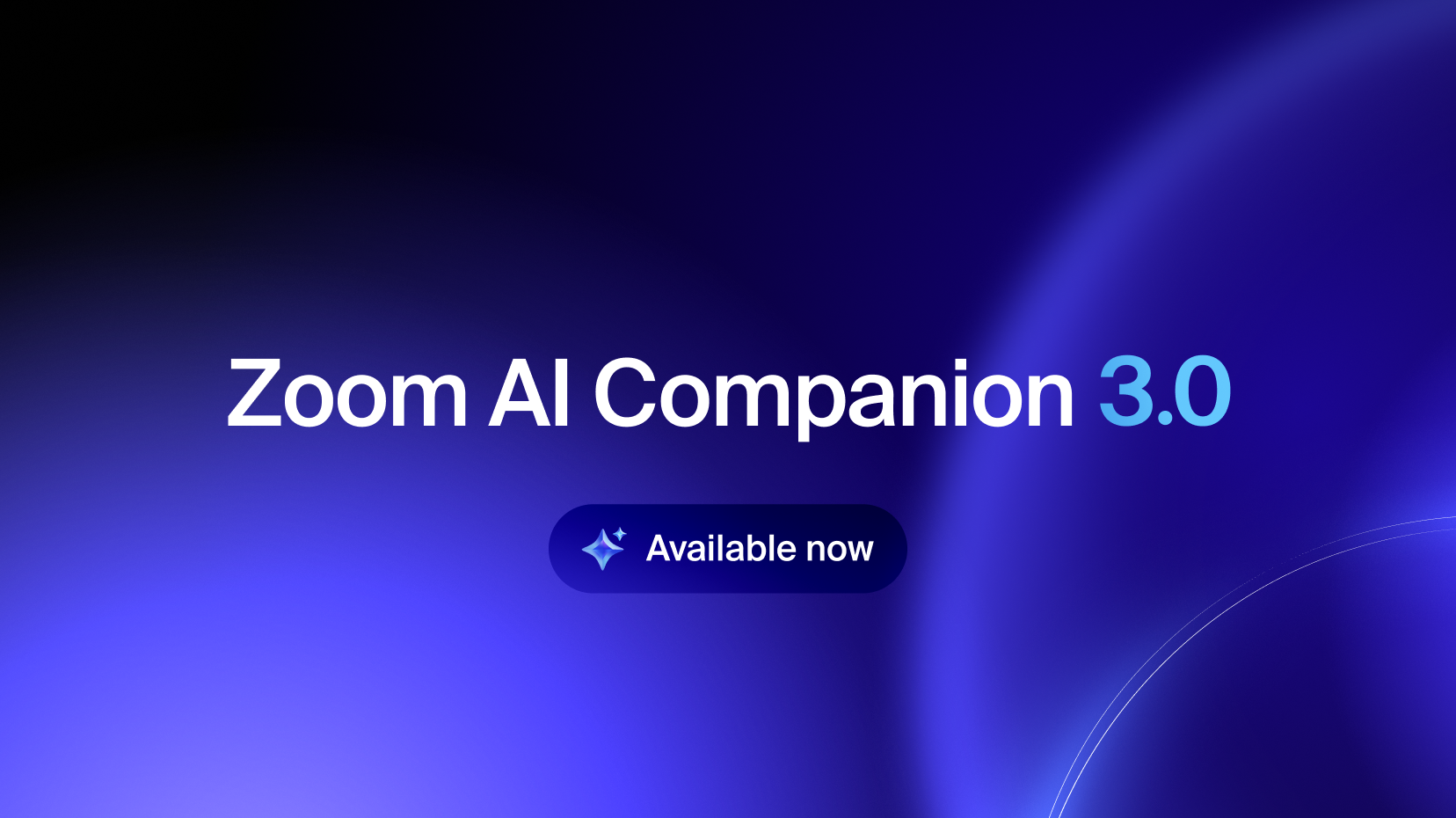
From conversation to completion: Zoom AI Companion 3.0
AI that acts, not just answers
Updated on April 07, 2023
Published on June 16, 2021


The world of work is changing. In the past, organizations have traditionally followed one of two work models: in-office where everyone is in the office every day, or remote, where employees work in off-site locations that are located wherever they are.
However, recent global events have forced organizations to rethink how and where they work. With recent advances in technology, many organizations are considering a hybrid work model in which employees are given the choice to work in the office, remotely, or a mixture of both.
There are a number of benefits that a hybrid work model can offer organizations, including:
However, if a hybrid work model isn’t properly implemented and managed, it can create challenges across the organization. These include:
As organizations rethink their operations and employee preferences, it’s clear that hybrid work is here to stay. According to recent surveys from leading analysts, employers are recognizing the value of hybrid work:
It appears that employees are also on board with the shift toward hybrid work:
While the research confirms that the majority of organizations and employees are in favor of a hybrid working model, 68% of surveyed organizations don’t have a plan in place to transition to hybrid work. Read on for some hybrid work best practices to guide you and your organization in preparing for a new model of work.
Organizations and their employees must work together closely to create an effective hybrid work environment. Here are some of the best practices for organizations looking to implement a hybrid work model:
To successfully support a hybrid workforce, your organization needs to provide solutions that create equity between in-office and remote employees. Zoom’s platform hosts all the solutions your organization needs to ensure that remote workers have the same capabilities and opportunities as in-office workers, including chat, phone, meetings, conference rooms, webinars, and more.
Here’s what you can expect from the Zoom platform:
Zoom brings your business communications onto one platform, creating an ecosystem where your employees can seamlessly move between communications methods such as phone, video, and chat; send files; share content; and schedule meetings without having to use different applications or platforms.
Zoom’s conference room solution, Zoom Rooms, allows organizations to create dynamic meeting spaces that fit their specific needs, from small huddle spaces to large, 'all-hands' style conference rooms. Zoom Rooms also has cutting-edge features like wireless screen sharing, touch-free controls, real-time annotations with whiteboarding, and much more.
With the ability to collaborate in real-time with screen sharing and live annotation, turn any location into an office using virtual backgrounds, and seamlessly move between different methods of communication, Zoom helps to create equity between in-office and remote workers. Employees have access to the same capabilities and features, regardless of where they are.
Zoom’s platform readily integrates with many of the leading workplace solutions such as Slack, Office 365, G Suite, Salesforce, and more, enabling your employees to streamline their workflows and minimize jumping back and forth between applications over the course of their workday.
Learn more about how your organization can Build Forward with a transition to hybrid work and provide increased flexibility, streamlined workflows, and seamless communication.